| Pesticide class | Herbicide |
|---|---|
| Active ingredient | Cyhalofop-Butyl+ Penoxsulam |
| Formulation | 6% OD |
| Resistance group | HRAC: A-1, B,2 |
| PHI | PHI for this Herbicide has not been reported |
| Acute Oral LD50 for Rats | 5010 < mg/kg |
Cyhalofop-Butyl+ Penoxsulam 6% OD
Cyhalofop-Butyl is a selective, systemic post-emergence herbicide. It belongs to the class of cyclohexanediones herbicides and inhibition of acetyl CoA carboxylase (ACCase Inhibitors. Its mode of action is growing points to inhibit the biosynthesis of plant branched-chain fatty acids). Penoxsulam is a selective, systemic post-emergence herbicide, absorbed by foliage and roots. It belongs to the class of sulfonylurea herbicides and inhibition of aceto-lactase synthase (ALS) or Acetohydroxyacid synthase (AHAS) mode of action. Its mode of action is by branched chain amino acid valine, leucine, and isoleucine synthesis inhibition. Cyhalofop butyl+ Penoxolam effectively controls annual and perennial weeds in rice fields.
Use cases
|
Crop |
Weed |
Dosage |
|
Rice |
Grass, Broadleaf weeds & Sedge (Annual and perennial) |
2.5 Lit per Ha |
Related products
Haloxyfop-R Methyl Ester 10.8% EC
Super Power (Clethodim 12% EC)
Atrazin 80% WP
Bensulfuron methyl 60% DF
Bispyribac-Sodium 40% SC
Glufosinate-Ammonium 20%SL
It is a non-selective, connected, and semi-systemic phosphonic acid herbicide inhibition of glutamine synthesis, leading to a complete breakdown of ammonia metabolism and subsequent accumulation of ammonia in tissues. This herbicide also interferes with photosynthesis. Glufosinate ammonium is used to control annual and non-perennial weeds, so this herbicide does not control perennial weeds well. Chlorosis, withering of tissues and finally, the death of the weed within 1 to 2 weeks are the symptoms of the effect of the herbicide.
Tribenuron methyl 75% DF
It is a contact and selective herbicide, absorbed by foliage and roots. It belongs to the class of sulfonylurea herbicides and inhibition of aceto-lactase synthase (ALS) or Acetohydroxyacid synthase (AHAS) mode of action. Its mode of action is by branched chain amino acid valine, leucine, and isoleucine synthesis inhibition.




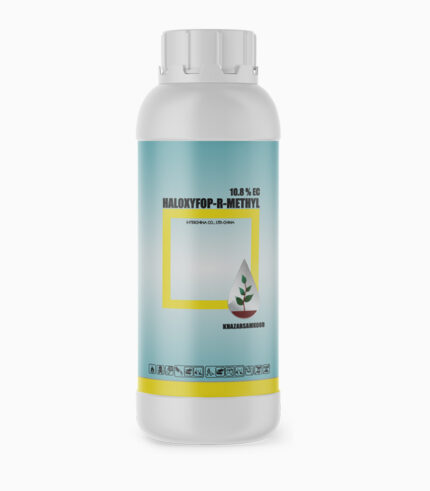
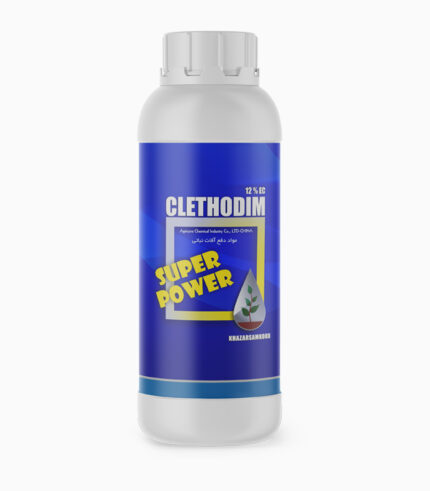
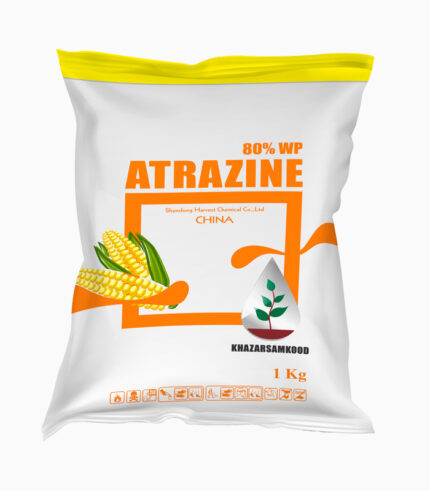
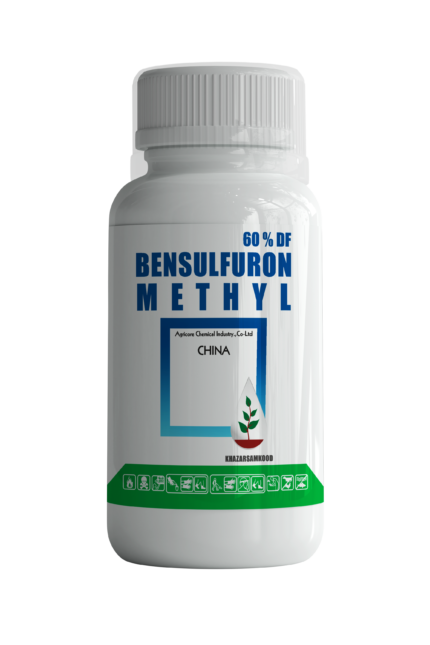
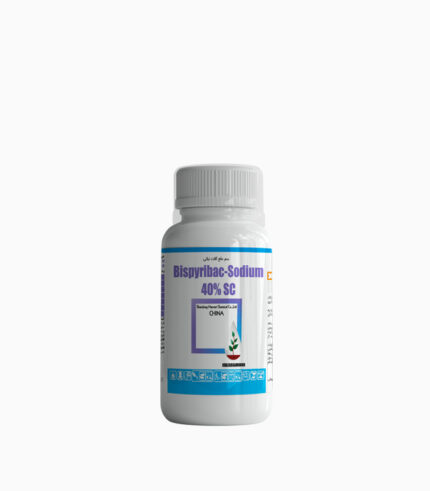
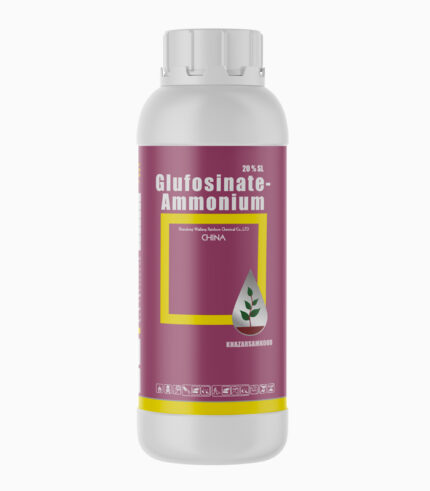
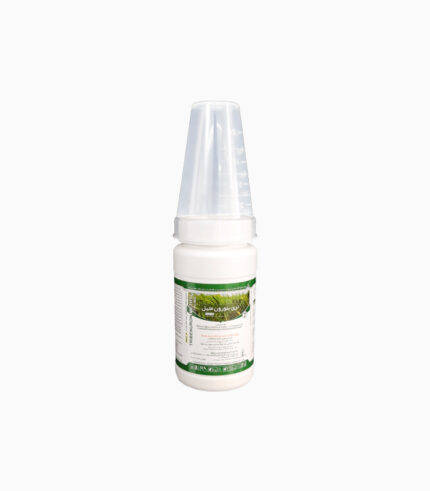

Reviews
There are no reviews yet.